Building a custom home is like painting on a blank canvas; the possibilities are endless,…
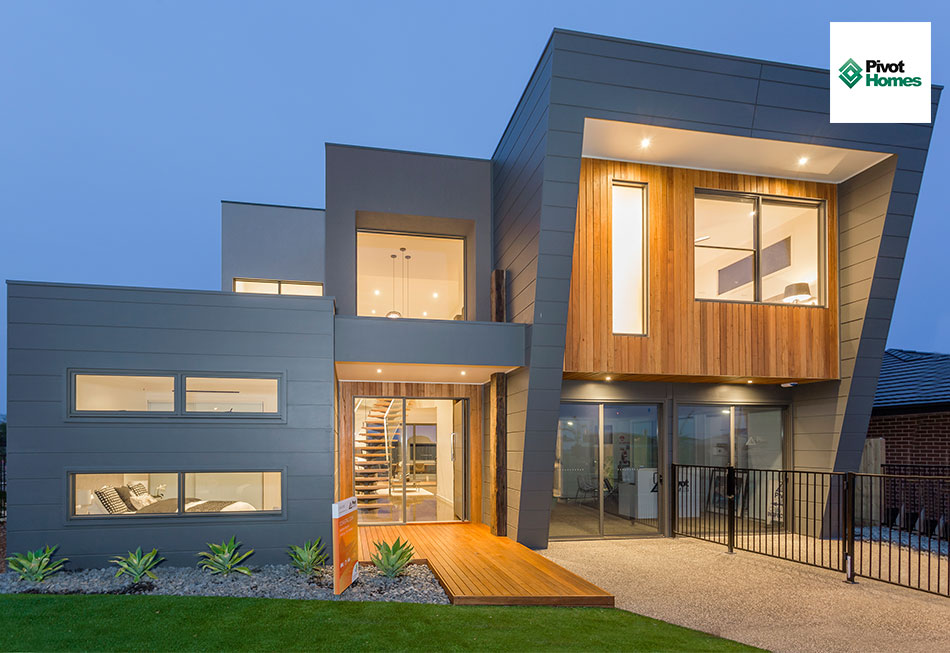
How Much Does a Custom Home Cost ?
More and more people are leaning towards building a custom home since it allows them to have full control and freedom to design the layout of the home in a way that would be most efficient and suitable for their lifestyle.
But the biggest question that homeowners have before starting on a custom home project is how much does a custom house cost? This is an important question to answer before you take on such a big project.
To be honest with you, there is no straightforward answer. The answer—as with most things in life—will always be: it depends. There are a lot of factors at play that can affect the cost of your custom home. Understanding them one by one can help you determine how much the project will take altogether.
Custom Homes are becoming such a popular choice however the best piece of advise is actually suggested by the Victorian Government;
Do your own detailed estimate (including all your selections of fixtures and fittings) and add 15 per cent for unplanned costs.
In this article, we will explore what these variables are. More than that, we will also discover the estimated cost you may incur, depending on the specific desired squares of your new home.
Why Choose a Custom Home?
You may be wondering—why are custom home projects becoming so popular? A custom home project is a house building project where you will have the power and freedom to conceptualise, design, plan, and choose every detail in your home.
You will be the one responsible for deciding the biggest to the smallest aspects of the home. The decisions you have to make will range from how many rooms it will have to the number and location of the outlets to the colour of the doorknobs, and more!
Of course, when you employ a custom home builder, you don’t have to make the technical decisions. Instead, you work with the designers and architects to make your dreams come to life.
A custom home is perfect for people who have a clear vision of what they want their house to look like, are passionate to put that vision into reality, and not willing to compromise on their vision.
Building a custom home requires a deep level of attention and high level of customisation. As a result, this type of home project will require more effort, time, and of course money.
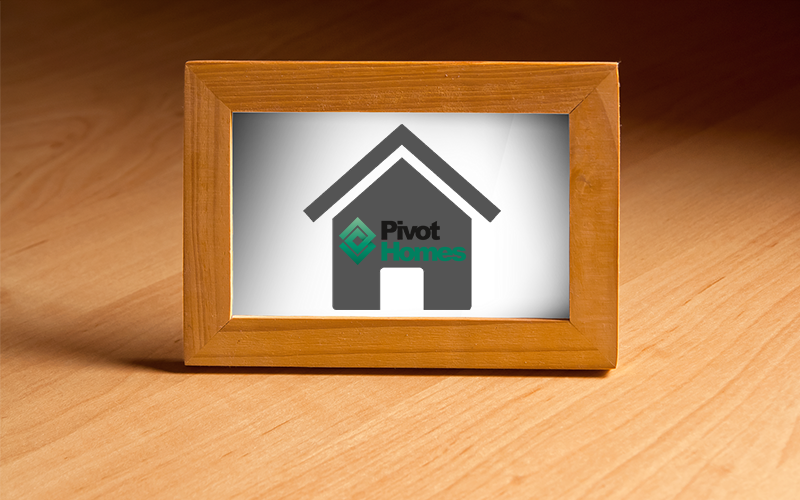
Factors that May Affect the Cost of Building a Custom Home
Now, let’s get down to tin tacks. As mentioned, the cost of building a custom home can be affected by various factors. All of these fall under four major categories—site, size, complexity, and specifications.
Let’s look at each in turn to better understand how the cost of your home will be affected by these factors.
Site
The location and type of site where you plan on building your custom home can significantly affect the cost of the project. Keep in mind that every kind of site comes with its advantages and disadvantages, and you must understand how these affect the costs of the home.
When looking for a site, consider its topography. The steeper the site, the higher the costs will be because the project would require extensive fill and excavation, which can be quite costly.
Another site factor that can increase your construction cost is the presence of any rock or soil formation under the surface of your lot.
If your home is built on a remote area where it is challenging to bring utilities or which is far from other services, you can expect that the cost will go up a bit since you have to spend extra fees in transporting the needed equipment.
If you want to lower your costs, it would be best for you to opt for a location that has easy access to services and utilities. There must also be available roads and sidewalks that will make the transportation of the equipment as easy as possible.
Other essential factors that can affect your custom home project are noise mitigation, water table, flood heights, climate, and bushfire mitigation requirements. Issues with setbacks, building restrictions, easement, block shape, block fall and zoning can also increase your costs.
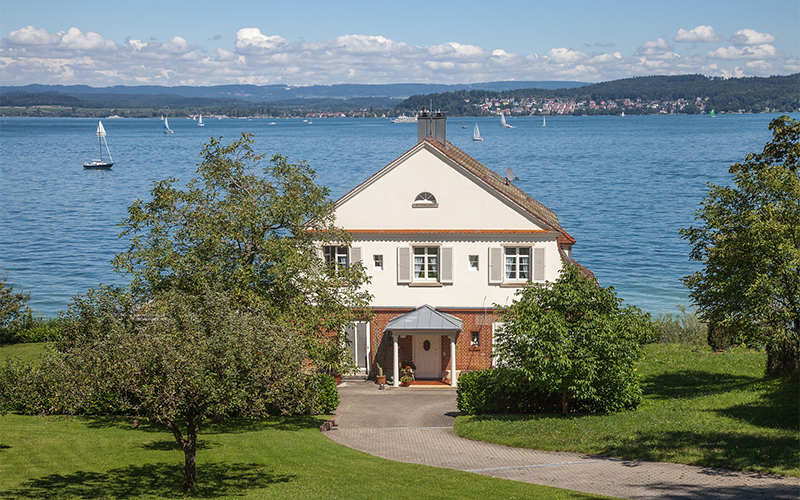
Size
Everyone knows that the size of your home can have a significant impact on the cost of your custom home project. The larger the size of your home, the higher the costs will be.
But of course, the costs will not rely solely on the size of the home. There’s a good chance that you will spend more on a small house equipped with luxurious features than a big home that only has the basics. These are the “specifications” which we will talk about in more detail in a later section.
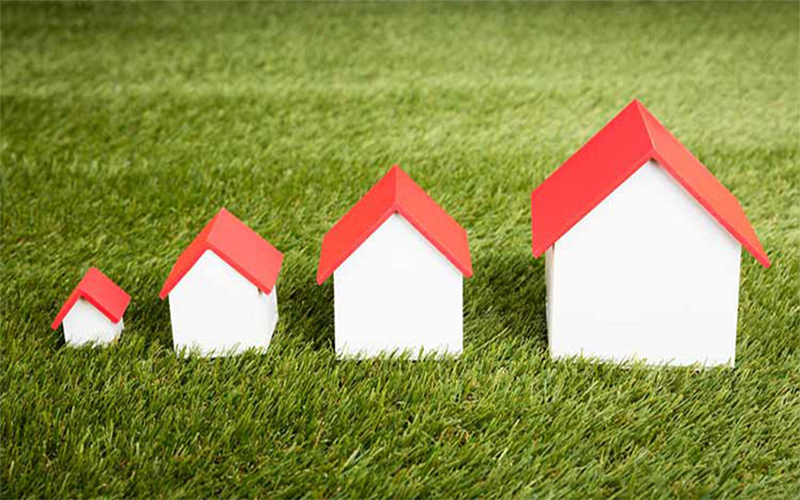
Complexity
The more complex the style of your home is, the more expensive the project will be.
What elements increase the complexity of the house, and how do these affect your custom project costs?
Even with the same square metres, homes with rectangular or irregular shaped plans can get more expensive. This is because rectangular plans require more walls as well as irregular shaped plans, which may also need a better and deeper foundation.
Another factor that can increase your cost would be corners and elevation. The more corners and elevation the house has, the more costly it will be. When it comes to the corners of the house, angular and curved corners are more expensive than straight and square ones.
Last but not least, you may have to allow for greater budget if you plan on building a house with high ceilings. High ceilings are great when it comes to making spaces look bigger and roomier but creating them can be more expensive due to additional material and labor cost.
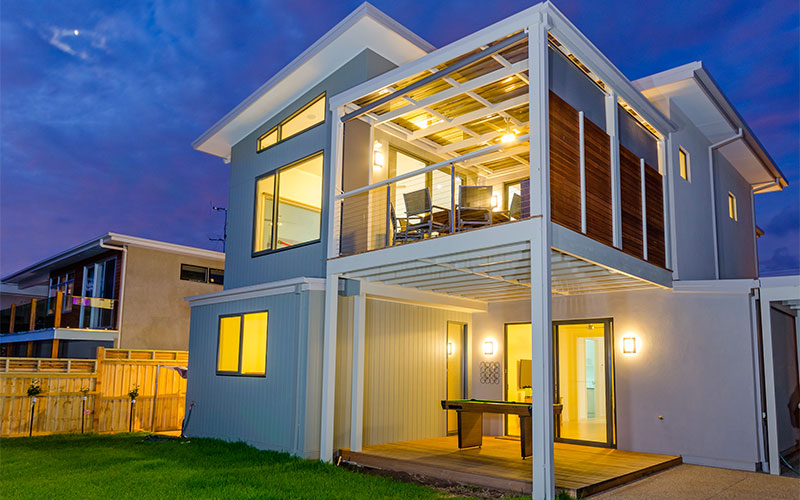
Specifications
Last but not least, we have the specs. The specs of the home are broken down into three main parts—structural, systems, and finishes.
Let us start with the structural factors, which are the size and quality of materials that the construction requires. If you also plan to create an energy-efficient home, your upfront costs will be higher since the materials for such specifications are more expensive.
Second, we have systems. A lot of homeowners don’t pay attention to these because they are the invisible parts of your home. However, your systems are the things that can improve the function and comfort of your home.
By systems, we are referring to your heating, ventilation, cooling, security, home technology, and so much more. To put it simply, the more advanced these systems are, the more comfortable and functional your home will be. But of course, the more expensive it will be as well.
Lastly, we have the finishes, which are comprised of the items in your home that you can see, touch, and feel. These not only affect the function of your home but also have a major impact on your home’s aesthetic appeal.
Finishes are comprised of cabinetry, doors & windows, flooring, appliances, lighting, plumbing fixtures. While these are mostly aesthetic in nature, finishes also include some of the most important pieces of your homes functionality, including countertops, flooring, exterior walls, roofing, and more.
When it comes to finishes, it is not the size that matters—it is the quality and appearance. The more luxurious the finishes are, the more expensive the house will be, regardless of your total square metres.
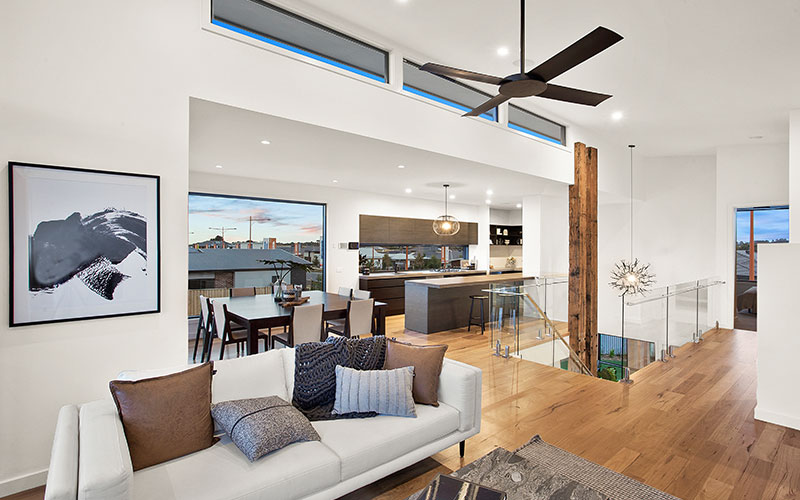
The Cost to Design a Custom Home
The first step you need to take on your custom home project is designing the home. When it comes to designing a home, you have three options—hire an architect, retain the services of a drafting firm, or work with a builder with an in-house design team. The option that you choose will determine the design costs of your custom home.
The cost of retaining the services of a drafting firm may range from $3,000–$7,000.
On the other hand, architect firms may charge a fee ranging from $50,000–$90,000. You may wonder why an architect charges so much more. That’s because the fee of architects is often based on the total build budget of the project. It may be as low as 10% or as high as 15% of the total build budget. If your custom home project is very extensive, the architect’s fee may go as high as $200,000.
If you decide to work with a builder with an in-house design team, such as Pivot Homes, the fee may range from $10,000- $15,000. Certainly, this option does not seem as affordable as a drafting firm on first sight. However, this option offers plenty of benefits for your custom home project.
The best benefits you can experience when working with a Geelong custom builder are efficiency and convenience. Since the design and building of the house will be handled by only one team, you are assured that everything will be appropriately coordinated—from the design of the home to the specification to the building process. In short, you can save not only time but also stress and money. Since there is no back-and-fourth between multiple agents involved in your project, it is much more likely to stay within your desired budget.
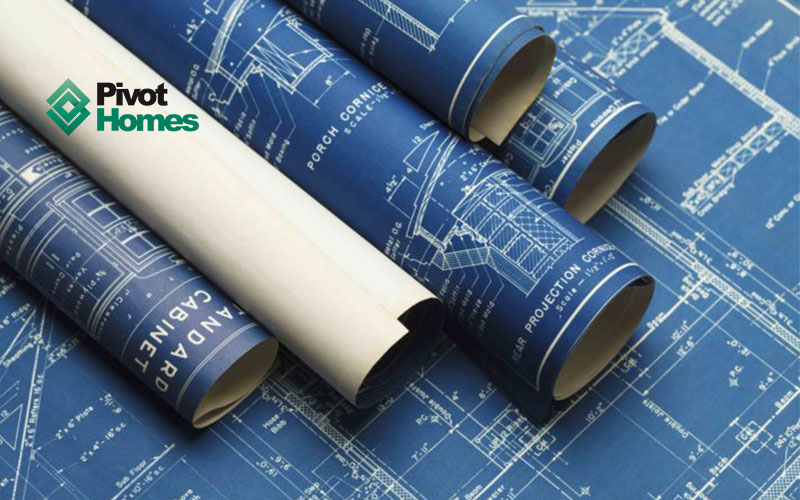
The Cost to Build a Custom Home
How much does it cost to build a custom home in Australia? The average cost of building a home is calculated by the average total build cost and dividing it by the floor space (in square metre) of the house.
With that in mind, the cost of building a custom home may range from $1,500 to $3,000 per square metre. All you need to do is multiply these amounts by the number of square metres you plan your custom home to have and you will get a rough estimate what you need to budget to build the house of your dreams.
However, please keep in mind that this will only provide you with a rough estimate. Costs can vary based on all of the factors we discussed previously, especially because certain rooms can be more expensive per square metre. For example, bathrooms and kitchens are often equipped with many fixtures, often of a luxurious nature.
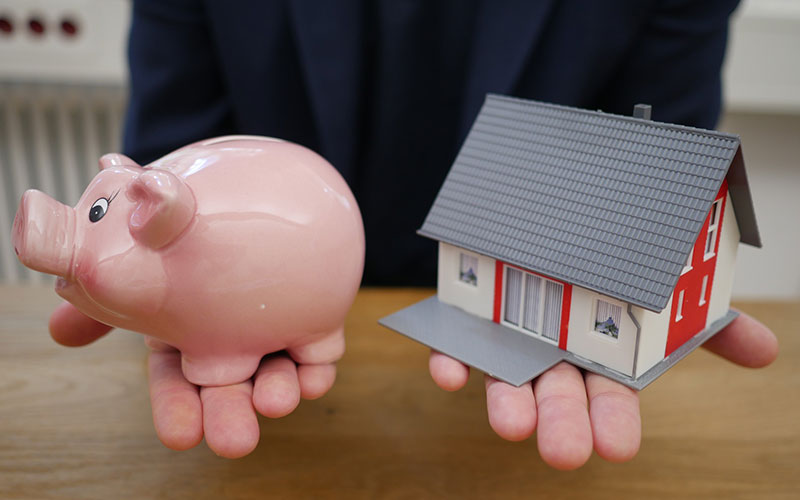
Other Additional Costs to Keep in Mind When Building a Custom Home
Aside from the design and building costs, there are a few extra charges that you need to keep in mind when preparing a budget for your home. These are as follows:
Building Site Costs
Building site costs refer to the expenses that you incur when preparing the site for construction. These are divided into two categories—site infrastructure and site works.
Site infrastructure consists of the mandatory requirements needed before you get started on your project. These include warranty insurance, building permits, soil and contour test reports, and temporary security fencing.
On the other hand, site works are the costs you incur for the actual labour required to prepare your site and get it ready for construction. These include utility connection and termite protection. Other site preparation costs include clearing vegetation, levelling the ground, and moving rocks.
It is quite challenging to provide an accurate budget for this type of cost because of how much one site can vary from the next. But site costs can range from $2000 to $70,000 depending on site and build complexity. The variable cost here would be the site works, which goes up or down depending on the type of soil, the slope on the block, and the necessary extent of engineered fill.
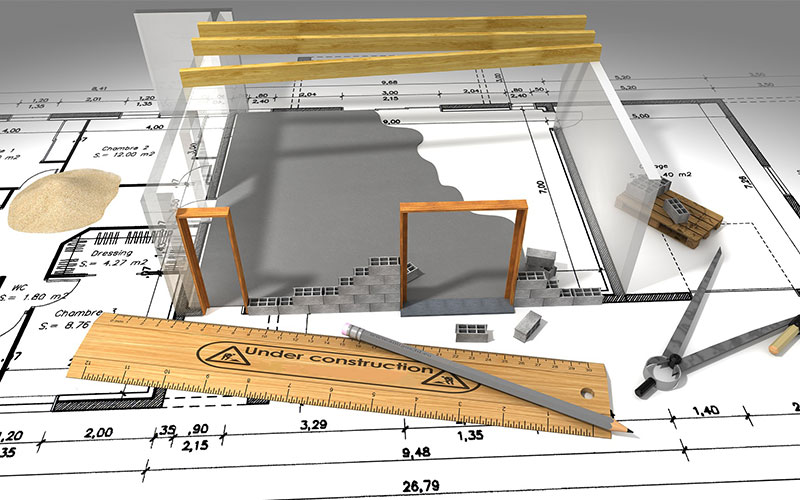
Building on a Sloping Block
As mentioned, the costs will differ if you plan to build on a sloping block. A sloping site means the site you will build your house in is sloping sideways, upwards or downwards. A sloping block suggests that the site has uneven levels of elevation. Because of all the challenges that come with slope construction, you can expect the price to increase.
The additional costs that you will incur when building in a sloping block are for the extra retaining walls, drainage, bored piers, and site preparation procedures you need to carry out to ensure that the land is ready to be built upon.
These tests and procedures include sloping site analysis, contour and topography surveys, creating access roads, excavation and fill, cutting and filling, building retaining walls and drainage corridors, and installing stumps(if necessary).
It can be challenging to determine the exact amount that you will incur when you build on a sloping block. This is because the price will depend on the steepness and condition of the site. The steeper the site, the more expensive the project will be.
As compared to building on a flat block, it is estimated that you would have an additional cost of around $20,000 to $50,000 when you build on a sloping block. Some of the factors that can add to the costs of building on a sloping site include foundation work, additional building materials and labour, and drainage and sewage problems.
Additionally, the ground condition of the site may have a significant impact on the project cost too. Some of the ground conditions that cause the cost to go up include additional drainage requirements and the presence of clay, sand, or rocks in the surface soil.
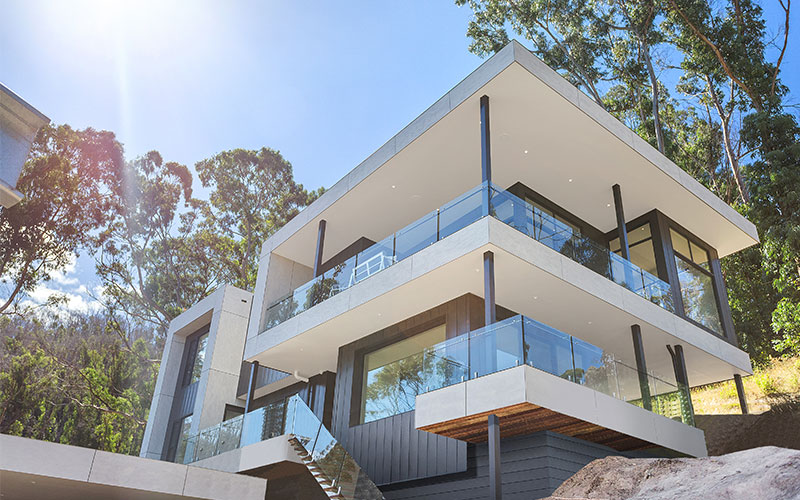
Building on a Sloping Site is Worth the Cost
Despite the added costs of building on a sloping site, a lot of people still choose to go for this type of custom home project. And for good reasons.
For one, you will enjoy the most stunning views if you build your home on a sloping block. Often, the sites that offer a panoramic view of your surroundings are also sloped.
Also, you can enjoy better drainage and ventilation since the natural ventilation and flow will be more efficient when you are higher. Because of this, you can save on your energy bills.
Moreover, you can enjoy more privacy since you are situated higher than your neighbours, so it will feel like you are in a secluded spot that makes relaxation and retreat much easier.
Lastly, you get to enjoy natural light in your home. Since your house is located in a higher place, more natural light can enter your home, which is one thing homeowners everywhere would love to have more of.
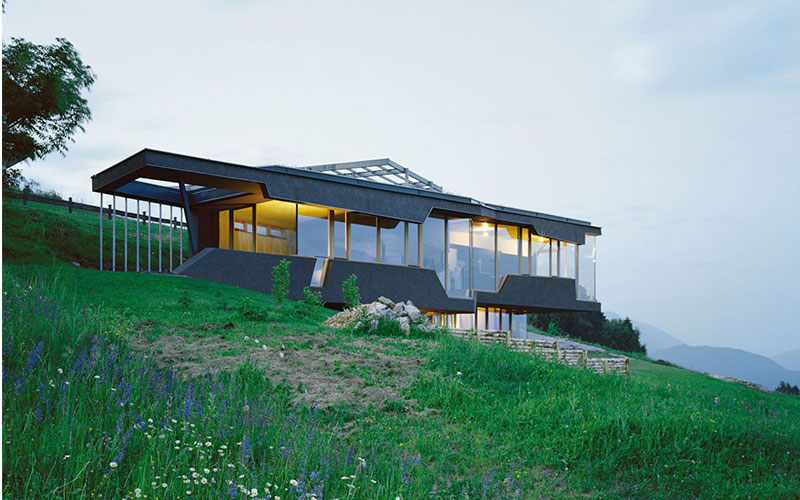
How Working with a Custom Home Builder Helps Lower Your Building Cost
If you want your custom home project to be convenient, hassle-free, and more affordable, you should work with a multiple award winning custom home building company like Pivot Homes. Our designers and builders have years of knowledge and experience when it comes to building a home. Since we combine the design and build process into a single operation, we can make the entire project more efficient—and thus more affordable for you.
Moreover, we have long standing relationships with suppliers, so we have superior buying power. Since we purchase materials in bulk, suppliers give us great discounts. As a result, homeowners like you can enjoy a significant reduction in costs.
If you are looking to get your project started, and want an accurate picture of how much your new custom home will cost, use our Custom Home Costing Tool to calculate your budget in as little as 2 minutes.

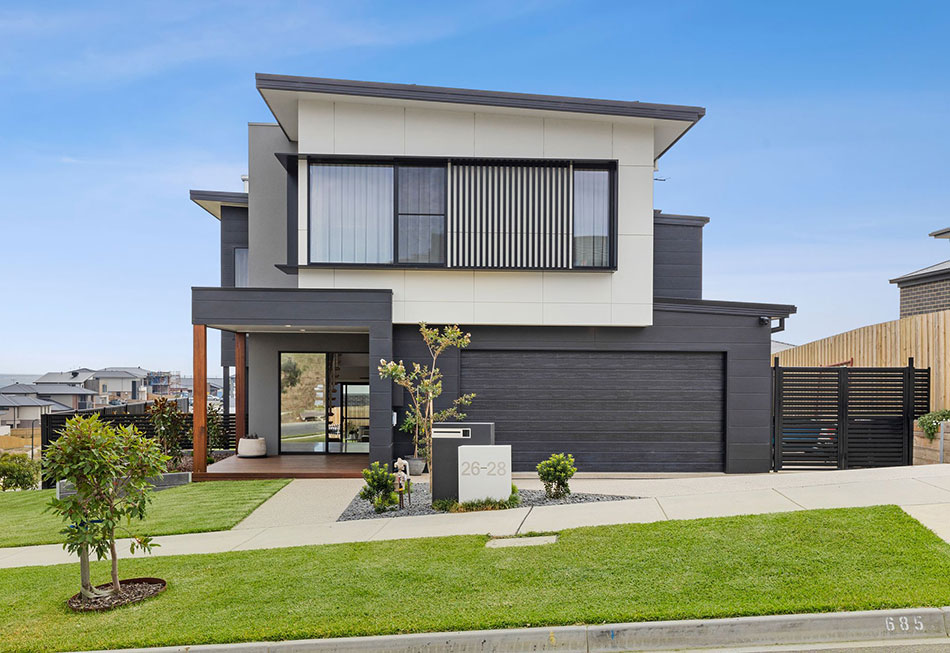
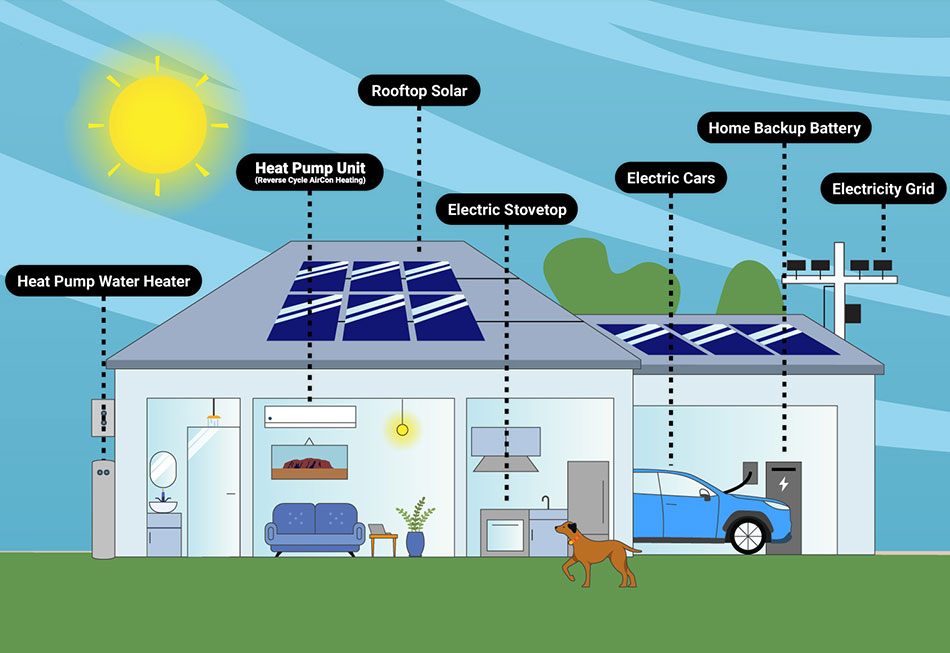
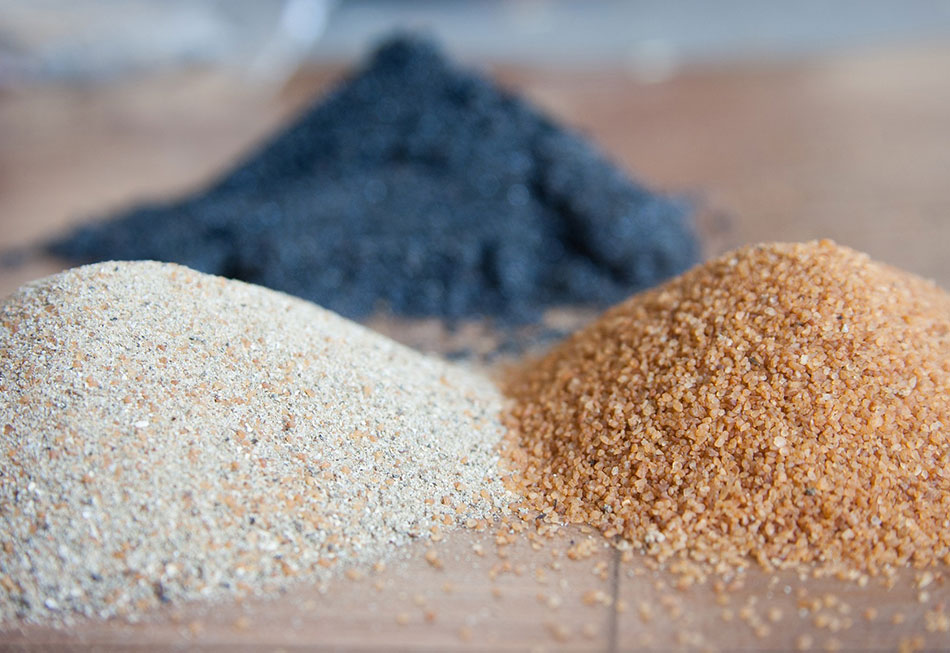
This Post Has 0 Comments